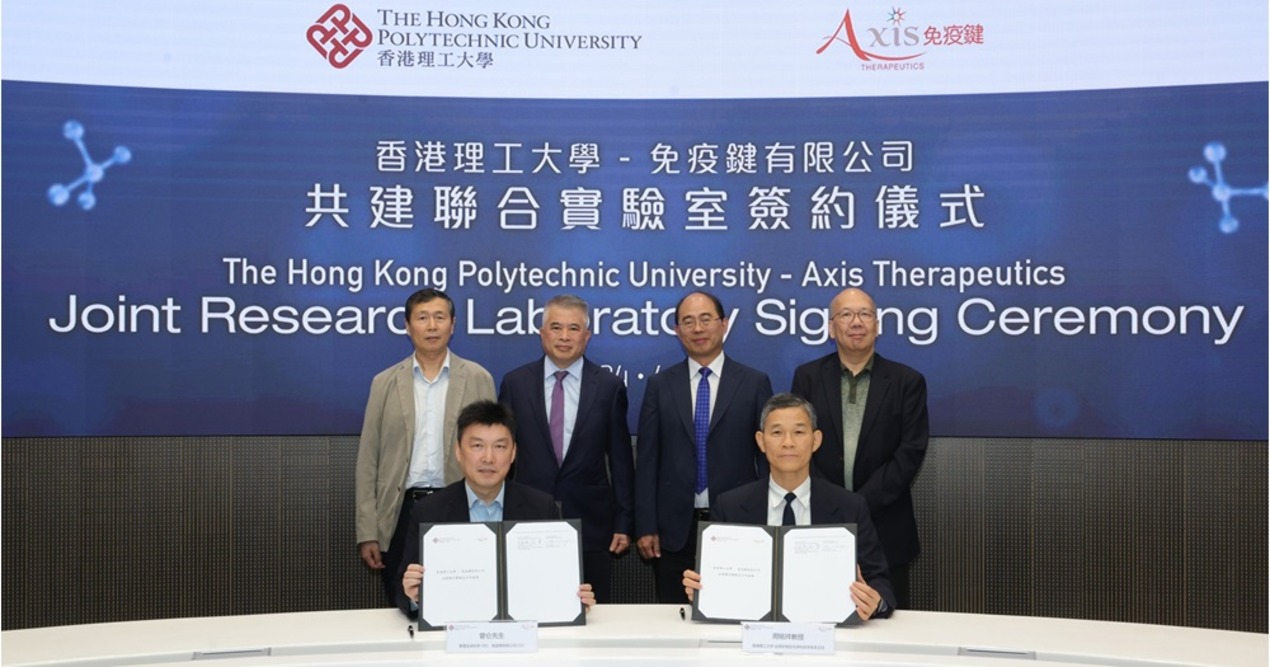
According to a report
in the China Daily, the China’s Ministry of Education launched a five-year Artificial
Intelligence (AI) talent training program on 3 April to meet the growing demand
for AI experts. As part of the plan, China will train at least 500 teachers and
5,000 students in artificial intelligence at top universities over the next
five years.
The International AI Training Program for Chinese
Universities is operating in Peking University. Government, companies, and
universities, including the Ministry of Education, Sinovation Ventures, a
Chinese technology investment firm, and Peking University, are part of the
program.
Under the program, eminent AI experts will be invited to
train the first 100 teachers and 300 students and explore an appropriate
framework for AI education. Faculty includes Turing-Award-winning computer
scientist and IBM professor of Engineering and Applied Mathematics at Cornell
University, John Edward
Hopcroft and Chinese AI expert Li Kaifu. Professor Hopcroft
has been involved in teaching AI in China for a decade and he will teach a
course at Peking University on "deep networks".
One hundred and six teachers from 49 universities are
participating in the first round of training at Peking University. The
curriculum includes the latest AI theories and practices.
The State Council of China laid
out a national AI strategy in 2017, with the aim of growing the
country’s core AI industries to a scale of over 1 trillion Yuan (USD 150
billion; a 100 times increase over the 2016 number), driving related industries
to exceed more than 10 trillion Yuan by 2030. Talent development is a key focus
area in the strategy.
China Daily quotes a report from Goldman Sachs which says
that while China accounts for over half of the new AI projects in the world, it
has merely 5 per cent of the global AI talent pool.
Xu Tao, director of the International Cooperation and
Exchanges Department at the Ministry of Education said that talent shortage is becoming
a bottleneck in China’s AI development. Ten Chinese universities have set up
AI-related majors. But still many graduates lack practical operational skills
in AI and are unable to meet employers’ requirements.
The Ministry will improve the AI discipline systems in
universities by establishing AI majors and upgrading AI to a first-level
subject. In the future, the Ministry of Education also plans to cooperate with
American universities, offer scholarships for students who apply for overseas
study and form an alliance to boost China-US educational exchanges in
artificial intelligence.
Tian Gang, vice principal of Peking University said, "This
year, Peking University took the initiative by providing master's degrees in AI
innovation in order to train a new generation of AI talents. The training
program will hopefully integrate education and industry resources from home and
abroad to develop a universally recognized education system with Chinese
characteristics.”
















